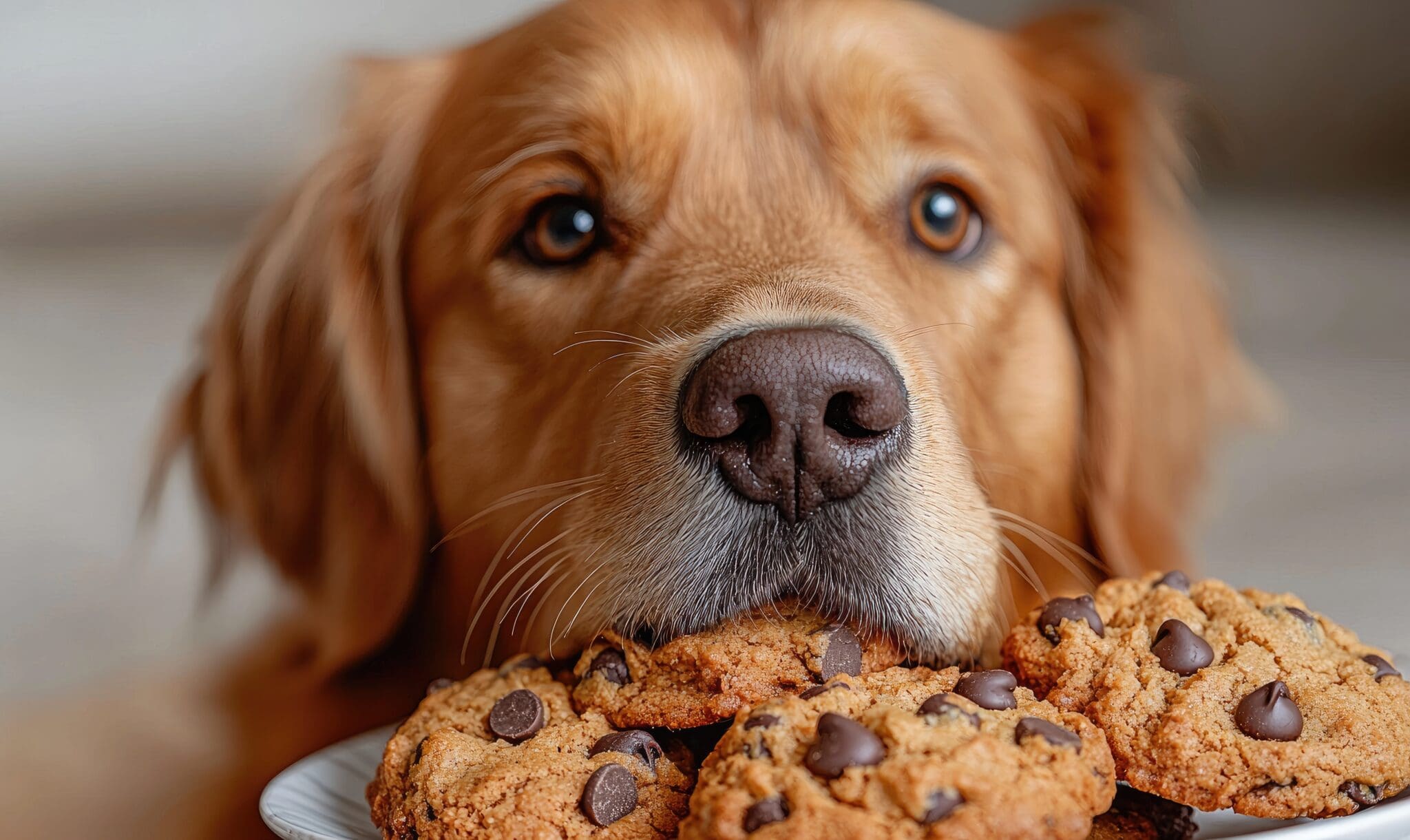Chocolate Toxicity in Dogs: How Much Is Dangerous?

We all know chocolate is a sweet treat for people—but for dogs, it’s a dangerous toxin. Chocolate contains compounds that can cause serious illness (and sometimes death) in dogs, depending on how much they eat and the type of chocolate involved. Understanding the risks and acting quickly can make all the difference if your dog gets into something they shouldn’t.
Why Chocolate Is Toxic to Dogs
Chocolate contains theobromine and caffeine, two stimulants that dogs cannot metabolize efficiently. These compounds affect the heart, nervous system, and gastrointestinal tract, leading to a range of symptoms that can escalate quickly.
Different types of chocolate contain different levels of theobromine:
- Cocoa powder: Extremely toxic
- Unsweetened baking chocolate: Highly toxic
- Dark chocolate: Moderately to highly toxic
- Milk chocolate: Mildly toxic but still dangerous in larger amounts
- White chocolate: Contains very little theobromine but can cause GI upset from fat and sugar
How Much Chocolate Is Dangerous?
Even small amounts can be harmful depending on your dog’s size and the type of chocolate. As a general rule:
- 1 oz of dark chocolate can be toxic to a 20 lb dog.
- ½ oz of baking chocolate can be toxic to a 10 lb dog.
If your dog ate any amount of chocolate, don’t try to calculate the “safe” limit—call your veterinarian or a pet poison control center immediately for guidance.
Signs of Chocolate Toxicity
Symptoms usually begin within 6–12 hours of ingestion and can include:
- Vomiting or diarrhea
- Restlessness, hyperactivity, or panting
- Increased heart rate
- Tremors or seizures
- Excessive thirst or urination
- Collapse or death (in severe cases)
What to Do If Your Dog Eats Chocolate
- Call your veterinarian immediately.
- Provide details: your dog’s weight, the type of chocolate, and how much was eaten.
- If advised and ingestion was recent, your vet may induce vomiting or administer activated charcoal.
- Hospital treatment may include IV fluids, heart monitoring, and medications to control symptoms.
Prevention Tips
- Keep all chocolate, cocoa powder, and baked goods out of reach.
- Remind guests during holidays (Valentine’s, Easter, Halloween, Christmas) to keep sweets safely stored.
- Educate children not to share candy with pets.
Bottom Line:
Chocolate toxicity can happen fast, but prompt veterinary care can save your dog’s life. If your pup ever sneaks a bite, call us right away—we’re here to help.
Recent Posts
About Us
At Partners Veterinary Group, we believe in energizing our team members through shared values, while helping them create value for our clients and patients. Knowing we can help make pets' and people's lives better motivates us to continually strive for excellence and love what we do.
Our team consistently works to build educational, supportive, and cooperative work environments that cater to positive experiences and professional growth. We're constantly evolving, creating innovative ways to deliver cutting-edge medicine to our patients. We equip our teams with tools to enhance their skills and improve their knowledge.

